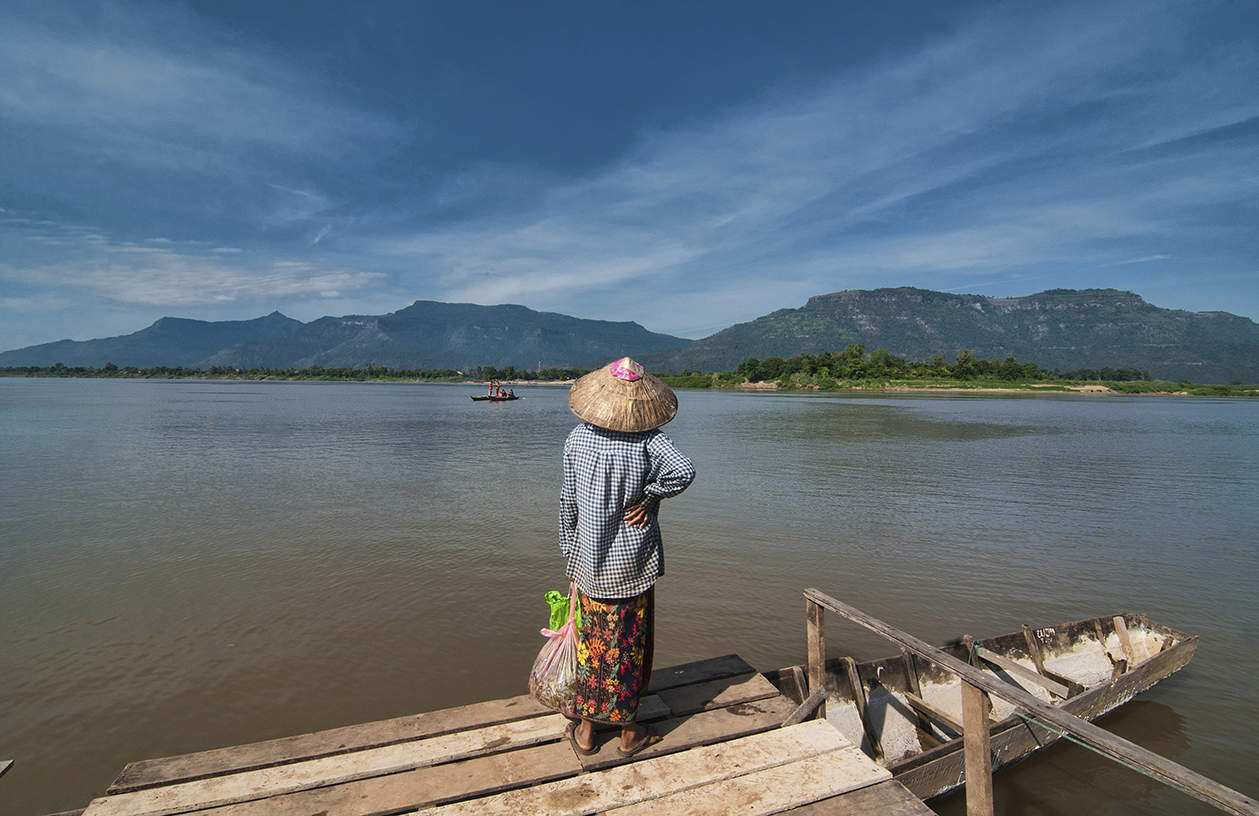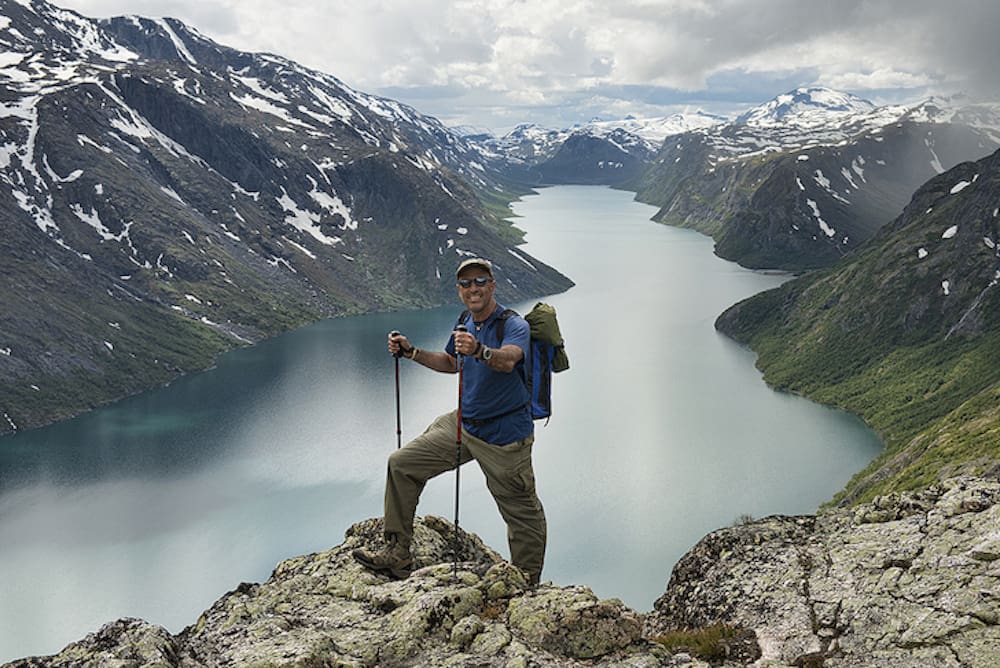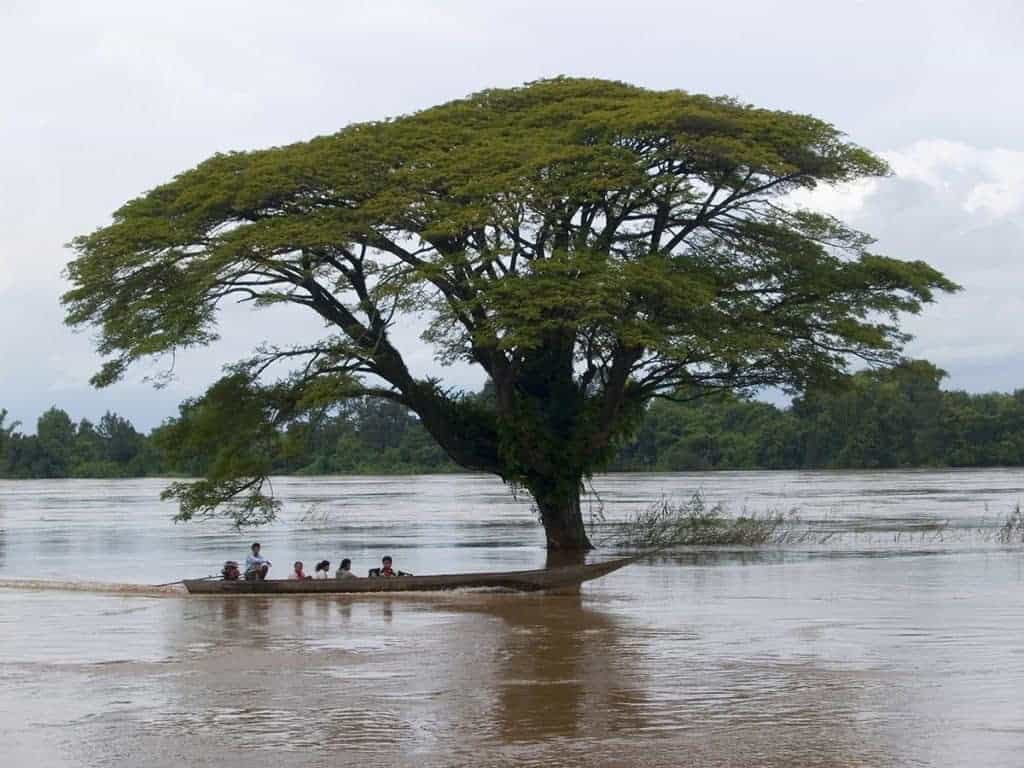
The 4000 Islands sit along Laos’ border with northeastern Cambodia, in the stretch of the Mekong River that meanders through southern Laos. The English translation from Si Phan Don is literal; see-phan means 4000 in Laos and don means island. There aren’t really 4000 islands proper, though. The name is taken from the view during the dry season, when thousands of small outcroppings (often just a few floating vine pads and trees) come to the surface as the water level reaches its low point.
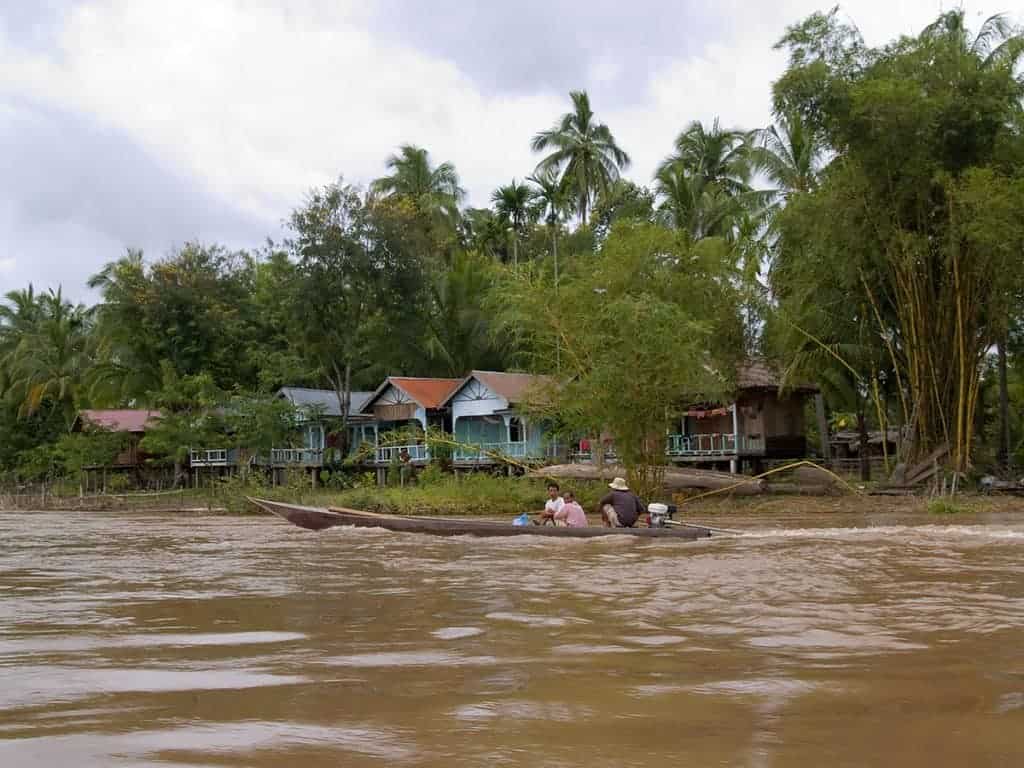
There are several large islands in the 4000 Islands that have become favourites on the backpacker trail, though. They are well worth a visit as they provide a glimpse into real rural Lao river life. In the 4000 Islands you can check out some of the country’s most beautiful waterfalls, see the endangered Irrawaddy freshwater dolphin, and just completely unwind. Island life here is the most perfect road respite for the weary traveler. It usually involves no more than a riverside bungalow, a hammock swaying over the water, and a cold bottle of beer Lao at one’s side.
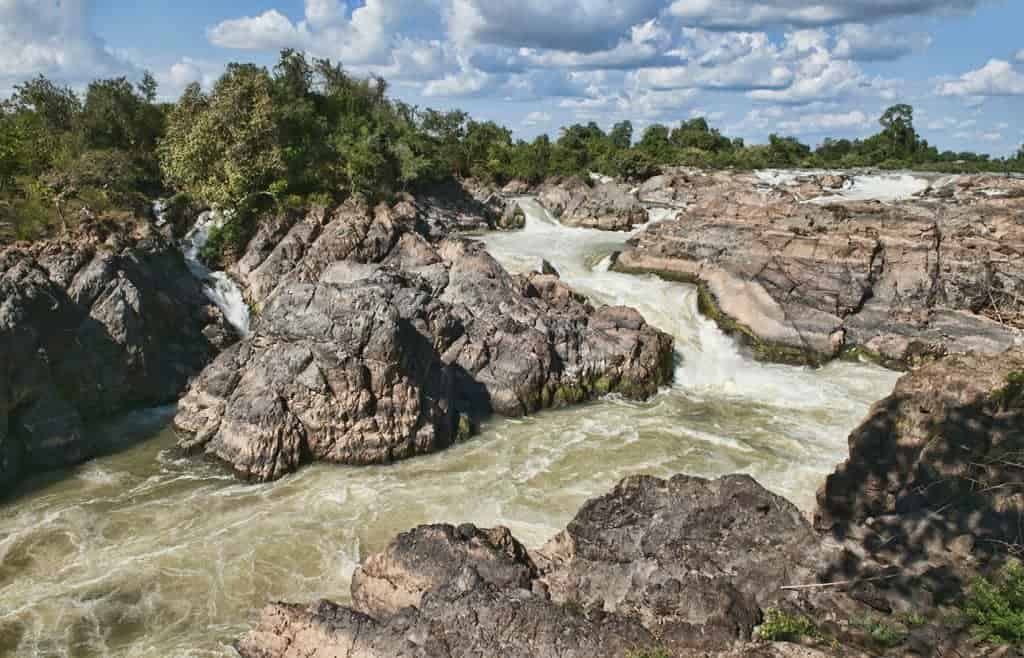
The islands of Don Det and Don Khon (also spelled as Don Khone) are the most popular of all the 4000 Islands, and for good reason. The two islands are joined by an old French railway bridge left over from the late 1800’s when French colonialists tried to establish a route up the Mekong River into China to oppose British expansion in Burma. Boats could traverse most of the river, but just past the border the massive Khone Phapeng falls (one of today’s top tourist attractions) blocked all passage. Thus, the French decided to put in a narrow gauge railway. It ran all the way through World War II before being abandoned.
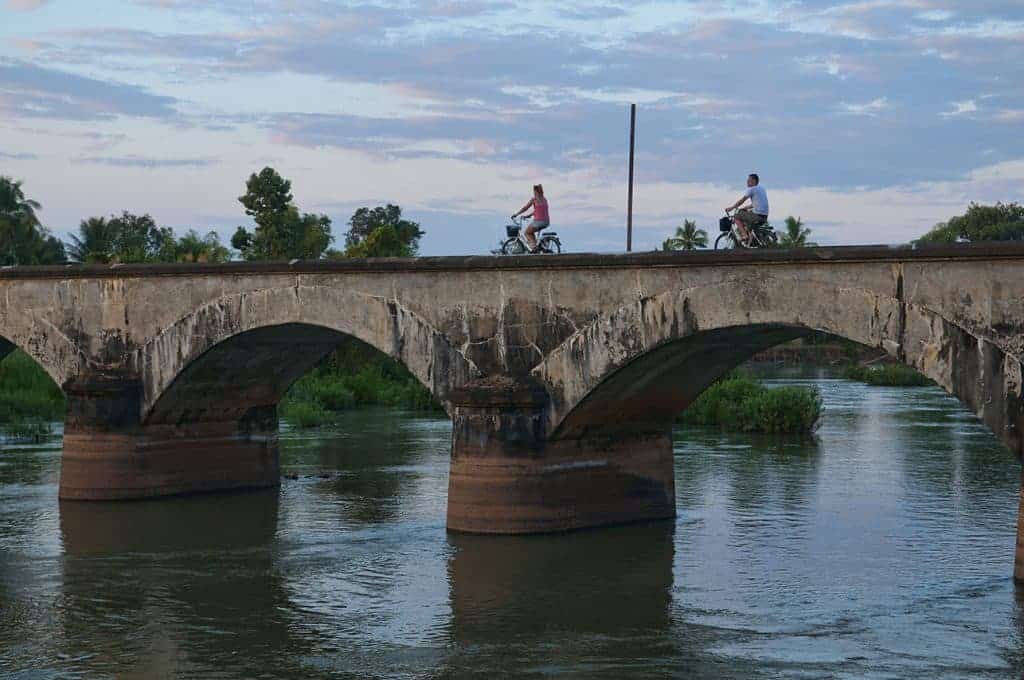
The old French influence can also be seen in the port, embankment, and plenty of old crumbling colonial villas on Don Khon. There’s even an old engine left out on the gravel track that now takes the place of the narrow gauge line. A few of the old colonial buildings have been restored to become boutique accommodation, but don’t come here expecting boutique. Development has come to the 4000 Islands very slowly because of the remote location. It’s costly to get materials and goods out; Don Det and Don Kohn are three hours by road from Pakse, the largest city in southern Laos.
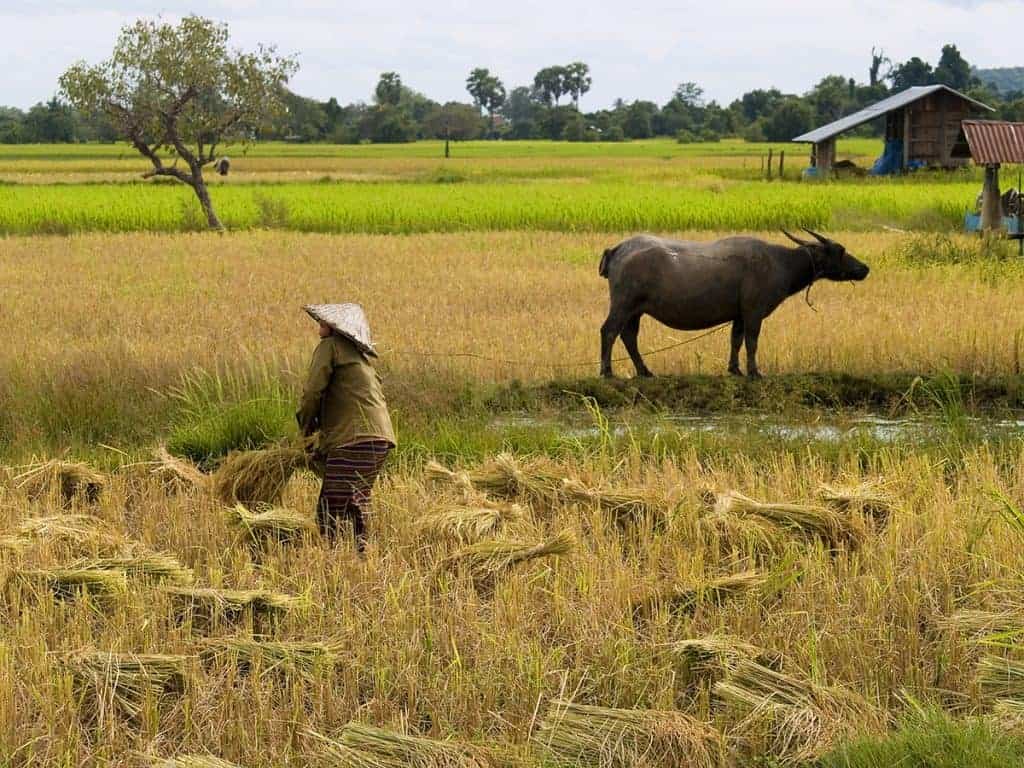
Don Det is known as the backpacker isle, while Don Khon is supposedly a bit more family and flashpacker oriented, but this isn’t set in stone. Don Det does have a lot of old school bamboo thatch bungalows that sit right along the river, often furnished with nothing but a mattress, mosquito net, and hammock – all the more inviting for Robinson Crusoe wannabes. Electricity arrived on Don Det several years ago, though. Now it has internet access, too, so it isn’t exactly an undiscovered Garden of Eden.
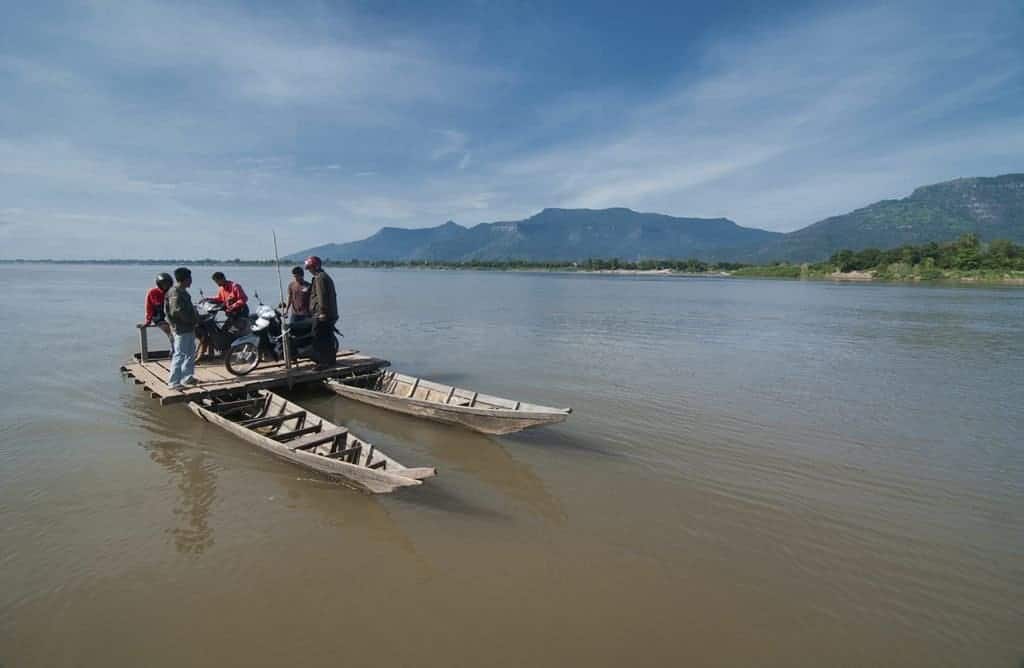
Don Khon’s version of the bamboo bungalow features a few more luxurious floating “raftels,” which have tiny balconies that lead straight into the river. They are romantic as all heck, although you probably want to make sure your bungalow is well tethered for the night. On my last visit, owner Luesak was doing major repairs to a set of bungalows that had set adrift in the night. Luckily they had crashed into the railway bridge downstream, as opposed to being swept down the Mekong!
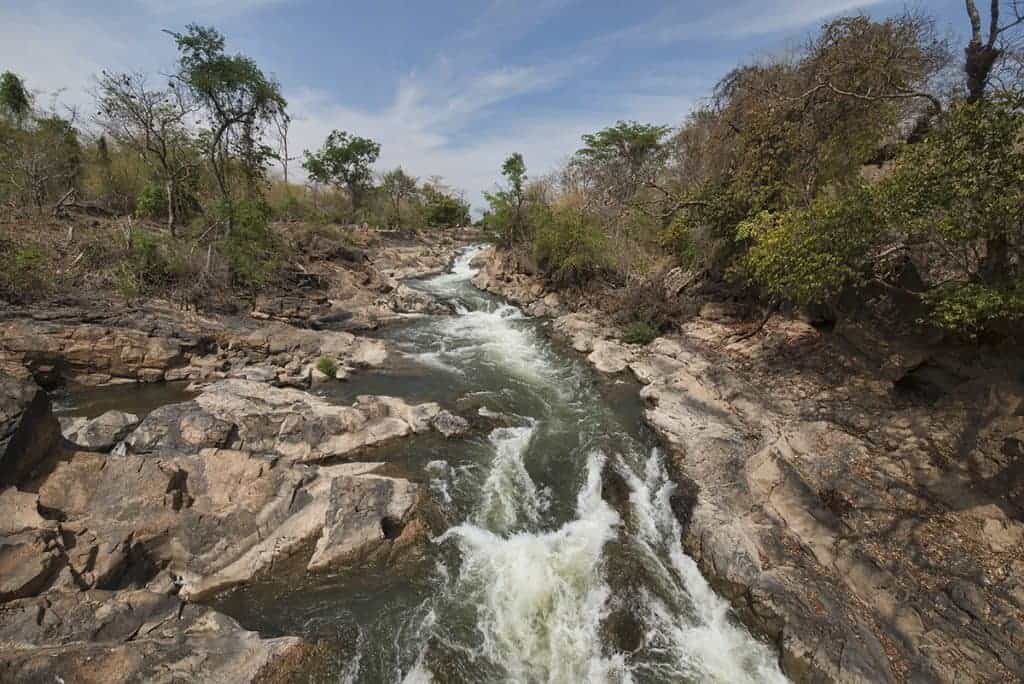
Don Khon is one bridge crossing closer to most of the attractions on the island, if you can be bothered to put down your book and get out of your hammock. Kayaking trips have become popular. Tour companies will drop your boats off just past the Li Phi falls (a worthy stop in their own right, where the Mekong gets funneled into several frothy rock channels as she hurls her way downstream). Li Phi falls may not be as stupendous as the Khone Phapeng falls found further south in the 4000 Islands (you can reach these on day tours), but they are pretty spectacular in the rainy season. There are hiking and biking paths around here, and even a couple of pretty awesome white sand beaches to enjoy.
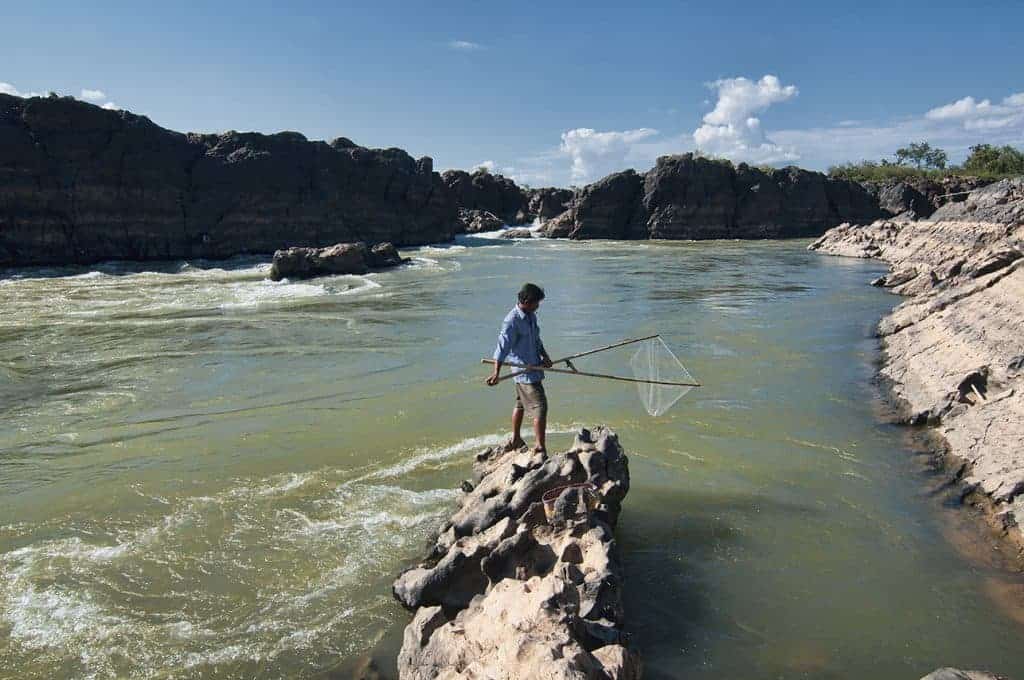
At the far southern end of Don Khon, fishermen clamber along rocks next to the swift flowing river. They use long nets, as well as bamboo fish traps that they have used for ages. As the Mekong starts to mellow once again, there is a small inlet where boatmen wait for visitors to take them out towards the Cambodian border. There it is possible to view the Irrawaddy freshwater dolphins, a highly endangered species that inhabit a pool in the river. Sightings are pretty much guaranteed, but you might want to get here sooner than later, because a dam project proposed by the Lao government just upstream may spell the end for these magnificent yet fragile creatures of the 4000 Islands.
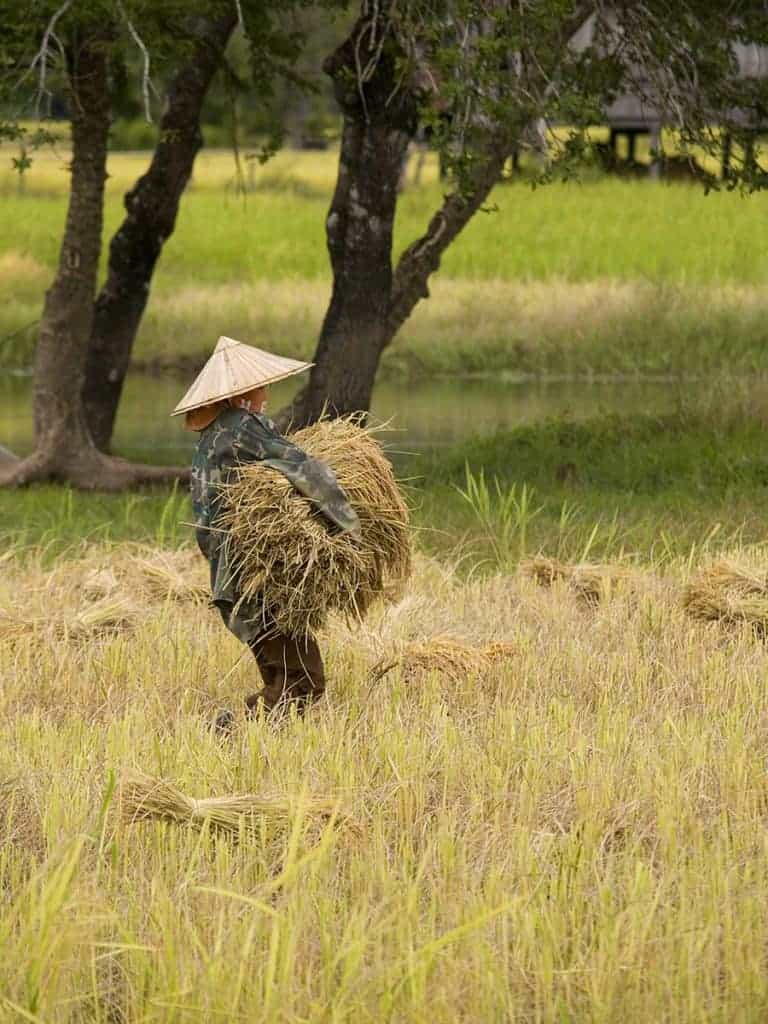
About an hour north by boat from Don Det lies Don Khong (yes, Khong, not Khon or Khone, make sure not to confuse your dons!). Don Khong is the largest island of the 4000, and is a superb spot to check out a rural Lao farming community. The island is comprised mainly of rice farms and the spacious interior is quite picturesque in the rainy season when everything is luminescent green. There is almost no traffic on Don Khong, and bicycling is the way to get around. Due to the size of the island, you won’t meet many other tourists here, except perhaps in Muang Khong. This small village on the northeast tip is where the boats arrive from the mainland, and it has a string of guesthouses and low key resorts which make up the brunt of the accommodation on the island.
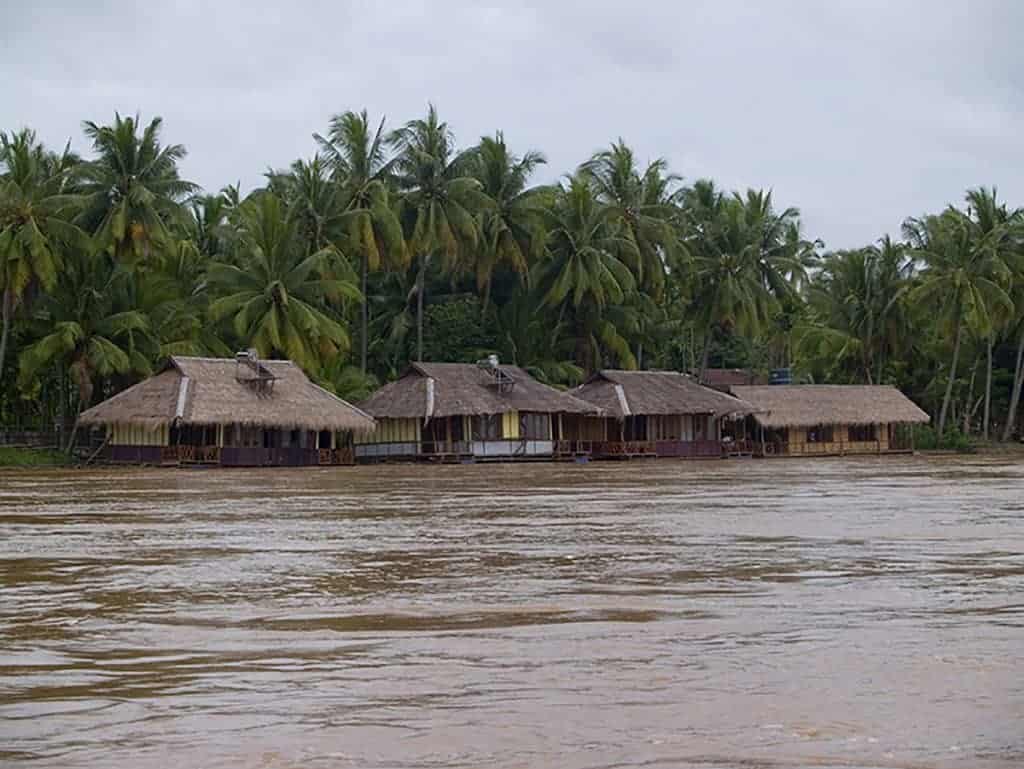
If you cycle west across the island, you’ll come to Muang Sen, a small village with a large traditional market, where locals still stare at the novelty of arriving tourists. Bicycling on the riverside paths around here, I had dozens of schoolgirls trying to race me on their bikes, laughing hysterically and calling out “sabai dee” (hello) as we lapped each other. Don Khong has less sights than Don Khon, but it’s on equal footing when it comes to chilled out and relaxed atmosphere. I concluded my day with a beer in hand, sitting out by the tiny Muang Sen port, watching a blazing orange sunset descend over the Mekong and the 4000 Islands.
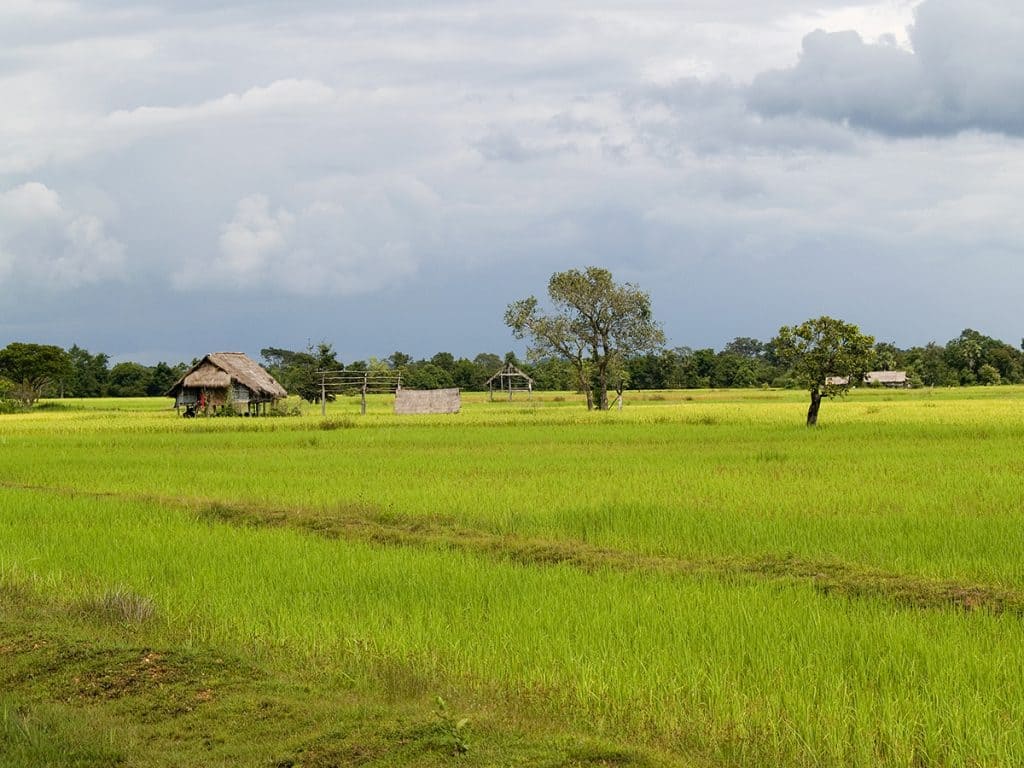
For something really different, head a bit further north to where boats depart for Champasak, the village below the magnificent Khmer ruins of Wat Phu. While not as intact as those at Angkor Wat, Wat Phu is nevertheless incredibly atmospheric. It’s set on a small hill above the Mekong. The ancient shrines and waterworks are surrounded by frangipani trees at this site which dates from the fifth century. The ruins and adjoining village are most easily accessed by a road on the opposite side of the river, which runs down from Pakse, but arriving by boat is certainly more scenic.
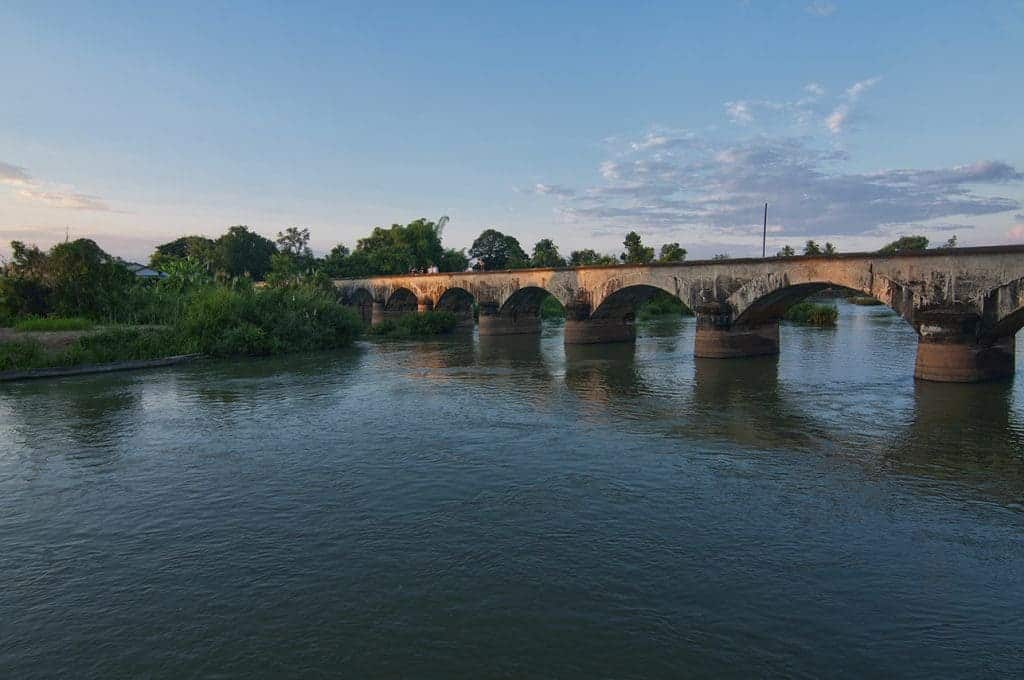
Instead of going to Wat Phu though, consider getting off halfway at the island of Don Daeng. Don Daeng is a fairly large island with a couple of brilliant white sand beaches (in the dry season) that gets completely overlooked by tourists. Part of this is due to the accommodation situation. I first visited Don Daeng in 2005, when an eco tourism project started by the Pakse Tourist Office and a New Zealand sponsor had founded a homestay program on the island. My friends and I were the third, fourth, and fifth foreign tourists to arrive on Don Daeng. We were treated with a mix of shy welcome and knockout hospitality. Children in the village would shyly approach us, hand us flowers, and beg for more when we whipped out cameras to take photos. Accommodations were simple, on mattresses with mosquito netting, and the headman arrived before each meal to ask us if we were capable of eating village chickens, could handle chilies in our papaya salad, and if we wanted a child escort to ensure we didn’t get lost on our bicycle meanderings the following morning.
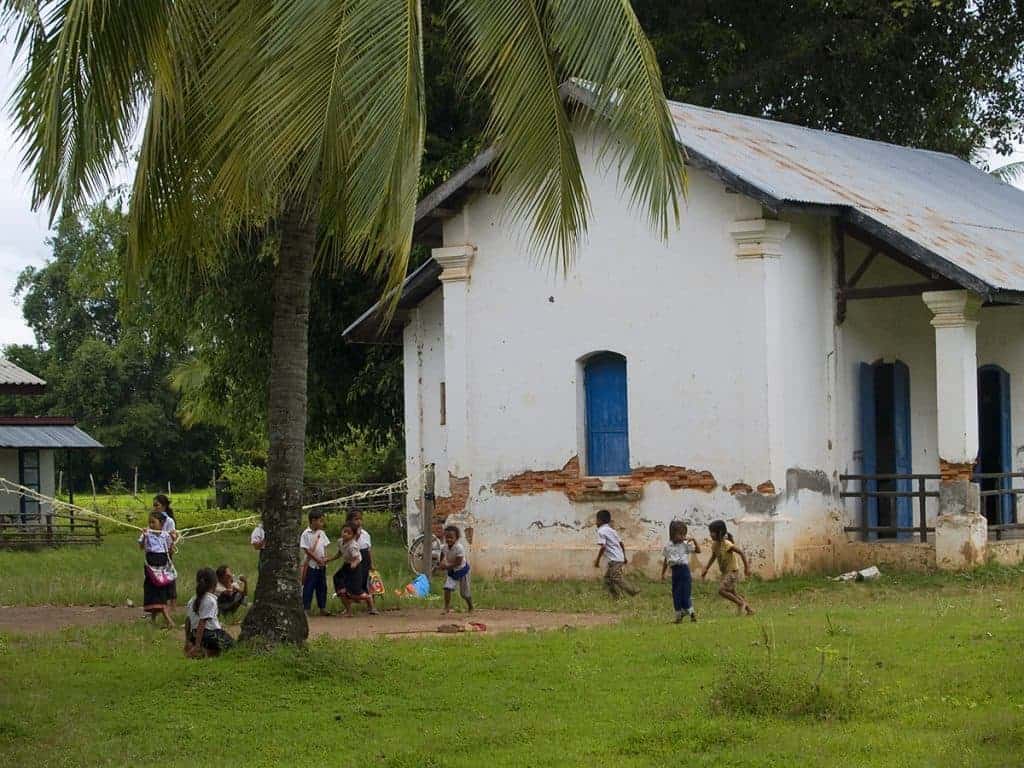
When I returned to Don Daeng recently, things hadn’t changed too much. The island is still home to thousands of smiling kids, there still are no shops catering to tourism, and the place is as close to a genuine remote Southeast Asian island experience as you’re going to find in this day and age. Most oddly enough though, there is one new resort on the island, a 5-star place created by a former count that sits on the banks of the Mekong, and features a charming catamaran made out of dugout canoes and topped with wicker chairs for arriving guests to sit on. Whether you stay here or in the no-star mosquito netted homestay, it really makes no difference. The sunsets over Wat Phu across the way, the sparkling and empty white sand out in front of the river, and the egrets perched on the shore are just as wonderful from either vantage point.

There are few places on the Southeast Asian tourist trail to really relax in. There are always activities being sold, and the hubbub of commercialism driven by visitors demands seems to make even the most tranquil of spots eventually lose their lustre. The 4000 Islands hasn’t succumbed to this quite yet. They’re still far enough off the main routes to make it an effort to get here. This maintains their greatest asset. The 4000 Islands is a peaceful place to unwind, put up your feet, watch the river go by, and just forget about the road for a day or seven.
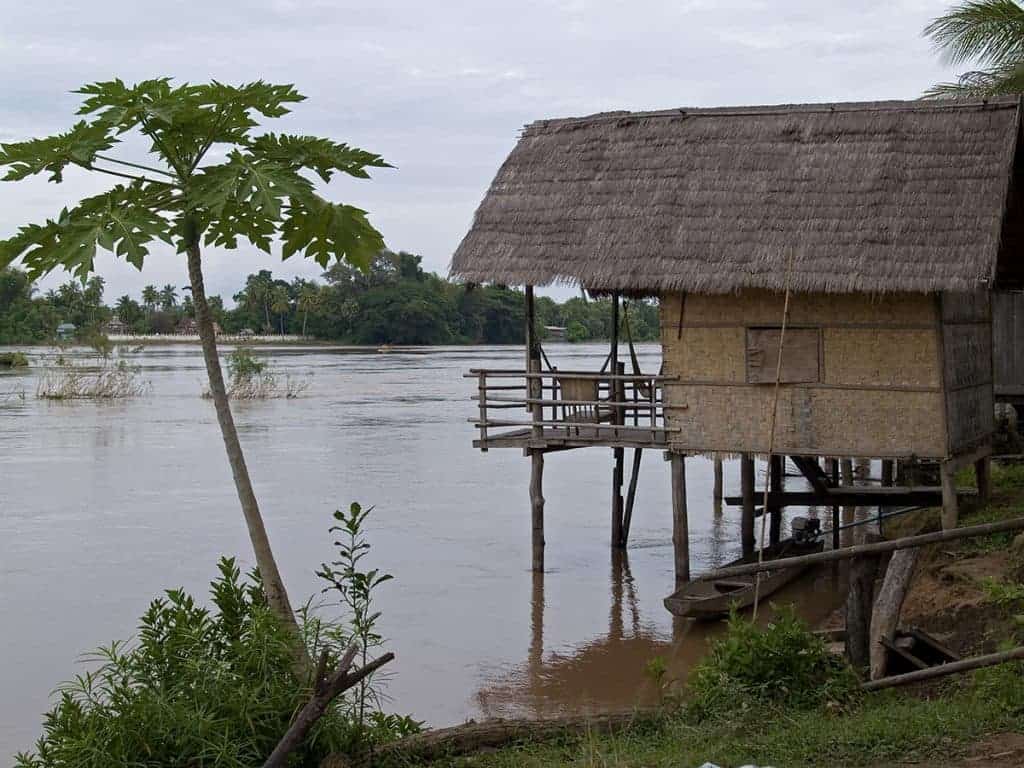
4000 Islands Travel Tips:
- The 4,000 islands are most easily reached from Thailand. You can fly budget airlines like Air Asia or Nok Air to Ubon Ratchathani in northeast Thailand. From here, daily bus services make the two hour crossing over to Pakse, southern Laos’ largest town. Pakse has full tourist services and amenities, and there are minivan services daily shuttling visitors down to the boat piers for Don Det, Don Khon, Don Khong, and Don Daeng.
- Coming from Laos, one can either fly from Vientiane to Pakse on Lao Airlines, or else take the overnight bed buses (with fully reclined beds and blankets) that leave Vientiane each evening and arriving in Pakse the following morning. Do note that the beds on these buses are tiny with paired seating, and while they are fine for short folks and couples, others may want to buy two seats to ensure a good night’s sleep.
- The islands are also accessible from Cambodia, with buses running up from Stung Treng. It pays to get visas in advance so as to avoid extra charges and scams that routinely take place at these more remote land border crossings.
About the Author
Dave Stamboulis is an American travel writer and professional photographer who has called Thailand home for over a decade. He is the author of Odysseus’ Last Stand, which detailed his seven year and 45,000 kilometer bicycle trip around the world, and won the silver medal for Travel Book of the Year from the Society of American Travel Writers, Dave is also the updating writer for Fodor’s Guidebook to Thailand and Laos, as well as the Bangkok “expert” for USA Today. His stories and photos have appeared in publications around the globe such as the BBC, Lonely Planet, The Rough Guides, Asian Geographic, The Guardian, Wanderlust, Get Lost magazine, and countless other publications across the Southeast Asia region. A passionate trekker, mountaineer, and lover of indigenous mountain communities around the world, Dave can be found drinking craft beer and looking for hole in the wall ethnic eats when he isn’t on the road.


